Combat cameraman Spc. Michael D. Carter is an ordinary Soldier who did something extraordinary. In a horrific battle in Afghanistan last year, he traded his camera for a rifle and heroically saved the lives of several Green Berets, some of the Army's toughest and most highly trained Soldiers. Today, he wears the Silver Star as a result.
A soft-spoken, clean-cut young Soldier, Carter is like many servicemembers I've had the privilege to interview: humble and reluctant to brag about or even discuss his accomplishments. He was too polite to say so, but I quickly realized that he was doing me a huge favor by opening up about what had to have been one of the worst days of his life.
According to Combat Camera's historical records, he is the first Army combat cameraman to ever be awarded the Silver Star, and his story and that of Team 3336 of the 3rd Special Forces Group to which he was attached, is one of selflessness and heroism-one that has amazed even the most hardened and battle-scarred of generals and combat veterans.
Growing up listening to his grandfathers and uncles who had served in the Army and Marine Corps, Carter always wanted to join the Army. He itched with impatience after he was first assigned to a non-deployable training unit in Germany. As soon as his two years were up, he requested a re-assignment to a unit he could deploy with, but when he arrived at the 55th Signal Company (Combat Camera) at Fort Meade, Md., he found they weren't expected to go anywhere.
"When I first got here, I was pumped and everything else until the day I signed in," he remembered. "They're like, 'Yeah, we're on a hiatus right now. We're taking a break.' I'm like, 'Huh'' They're like, 'Yeah, we're not going to deploy for a little while.' I got a little bit mad. Then I was like, 'Okay, whatever. It happens. I'll get my time.'"
So when Special Operations Command Central came knocking after he had been there a few months, looking for someone to document missions in Afghanistan, Carter eagerly volunteered. He was in country about a month later in June 2007, without even undergoing additional special operations training.
Most special forces Soldiers rotate in and out of theater every six months, but Carter spent almost a year in Afghanistan, going out an average of three to four times a week and participating in and documenting a variety of missions, such as snatch-and-grabs, cordons and humanitarian aid.
In fact, he was supposed to be done; he had completed his final mission and was ready to go home. But on April 6, 2008, his sergeant had "pink eye," and couldn't go on an operation with Team 3336 and Afghan commandos to a remote mountain village in the Shok Valley. He asked Carter to take his place. Neither of them could have imagined the horror to come.
Things went south almost immediately when the helicopters were unable to land and the Soldiers had to jump about 10 feet to the ground into icy water before beginning a grueling up-hill trek on foot to the village, which was about 10,000 feet above sea level.
They only made it partway, and much of the six-and-a-half-hour battle that followed remains a blur to Carter.
"'What was it like'' I haven't really been asked that question yet," he told me. "I've sort of been hiding away from everybody and doing interviews. 'What was it like'' It was just a bad situation.
"When it all happened, when it all kicked off, I don't know what was going through my mind. I had a lot of people who asked me that when I came back. I didn't have time to think about what was going on. I just reacted.
"I don't remember thinking about anything. I was just sitting there, going off and doing stuff, helping those guys out," he continued, leaning forward in his seat, pausing frequently and shaking his head as though he still couldn't believe what went down that day.
After our interview, he gave me copies of his award citation and sworn statements from the unit's commander and noncommissioned officers that detailed his story. The documents are both chilling and awe-inspiring. About 13 Americans and 80 Afghan commandos confronted an insurgent force almost twice their size. They were trapped between the enemy above, more insurgents closing in from below, a sheer 60-foot drop on one side and a weather front moving in.
The enemy "definitely occupied the high ground," as Carter said, and overwhelming sniper, rocket-propelled grenade, small arms and machine-gun fire rained down on the Soldiers. Carter's video camera was destroyed as a bullet ripped through the pack on his back and through his Camelbak of water. Feeling the liquid seep down his back, Carter thought it was blood and that he'd been shot.
"I thought, 'You've got to be (expletive) kidding me.' Then I was like, 'Oh, never mind. I'm good.' Then I threw my bag down and I didn't even think about it. I just started performing first aid and doing whatever needed to be done," Carter recalled.
Their interpreter had been killed less than two feet from him and at least six other Soldiers ultimately were wounded. According to his Silver Star citation and Capt. Kyle M. Walton, the company commander, Carter exposed himself to the enemy, immediately began returning fire-killing several insurgents in the process-and helped cover Walton from a protected nook in the side of the cliff as Walton retrieved the interpreter's body.
When Staff Sgt. Dillon Behr was shot in the arm and thigh, Carter charged 15 feet into the open while under fire to drag Behr to safety while Walton grabbed Staff Sgt. Luis Morales, who had been wounded while trying to help Behr. Carter then left his covered position again and ran back to retrieve Behr's radio. The antenna was shot off as he carried it back, but Walton was able to use it to reach headquarters.
With bombs from airstrikes exploding all around them, and the insurgents getting closer, Carter both continued suppressive fire and provided life-saving aid to Behr, Morales and other Soldiers.
When the insurgents were about 40 feet away, Walton could hear their voices and knew the unit was about to be overrun. They couldn't go back the way they came, and they were backed up, not against a wall, but a cliff. The only way out was down.
Walton asked Carter and Staff Sgt. David Sanders to see if they could find a way down without ropes or any repelling gear. Carter remembered that it was a sheer drop for about 60 feet with only one or two small breaks.
"It wasn't impossible," Carter said. "It could be done. It was just going to be hard getting the wounded guys down. Really hard."
Carter and two other Soldiers helped at least six wounded men down the mountain, searching for hand and footholds in what Walton termed a "heroic and daring rescue."
"I'd climb down first and then I would tell them, 'Climb down as far as you can get, and then just drop on me. I'll catch you.' I did that with Sergeant Morales and Sergeant Behr," Carter recalled.
He then left the comparative safety of the wadi (riverbed) at the bottom and climbed into harm's way once again to help cover the rest of the escape and throw weapons and equipment over the side of the cliff, because although they believed approximately 150 insurgents had been killed, no one wanted to leave the remaining terrorists with any extra weapons.
"In the most desperate of situations, and under the most intense enemy fire, Spc. Carter performed more heroically than anyone could have ever asked him to do, especially considering he was the most junior Soldier on the mission, and an attachment to our team," wrote Walton. "This was the most intense firefight that I have ever been involved in. For a junior Soldier to perform in the manner which he did...was nothing short of amazing. He is one of the most courageous Soldiers I have ever met and I personally credit him with saving my life, and several other detachment members."
Carter doesn't remember how long they had to wait to be extracted after the battle, only how tired he was. He slept for about 15 hours straight the next day, finally waking up at about 5 p.m. His main concern was finding out if his wounded comrades were still alive. They were, and he was later able to visit them at Walter Reed Army Medical Center in Washington.
Carter called his family in Texas a few days after the battle, after he had decompressed a little. They were very proud of course, but Carter said they were also a little stunned. And his aunt was angry. Didn't he know that he was supposed to run away from bullets, not toward them'
When he received the official word that he would be awarded the nation's third-highest honor last Halloween, he couldn't quite believe it. He was serving with Green Berets and they thought that he deserved an award' He said all he cared about was that they had even put him in for it, that they thought he was worthy. That was honor enough.
Carter prefers to remain out of the spotlight, and he wanted to keep the award as quiet as possible-a futile hope. His commander was notified and made the announcement to everyone at the 55th. Questions, the very thing Carter had wanted to avoid, followed. Except with his friends, to whom he eventually told the story, Carter dodged them as best he could.
"I was like, 'just hit me up some other day,'" he explained.
The awards ceremony at Fort Bragg, N.C., Dec. 12, 2008, was the first time Carter had seen some of the Soldiers from Shok Valley since the April battle, and the reunion was emotional, too personal to talk about, Carter said. "Certain things are better kept to yourself. It means more."
In spite of enough excitement and danger to last a lifetime, Carter has no plans to leave the Army any time soon. He loves being a Soldier and the pride and camaraderie that come with the profession. He re-enlisted for another six years during his deployment, and at press time, was preparing to move to his new duty station at the Joint Prisoners of War, Missing in Action Accounting Command in Hawaii.


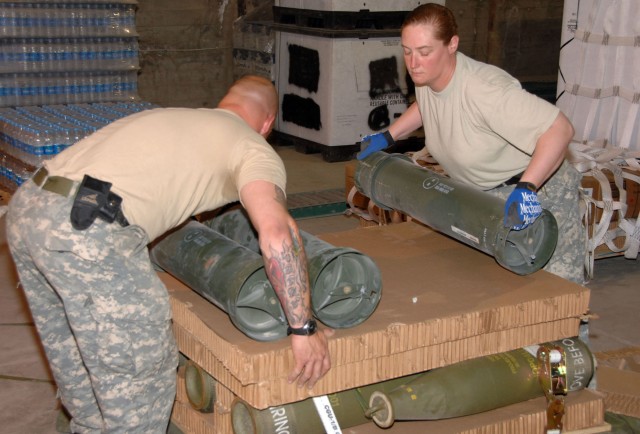



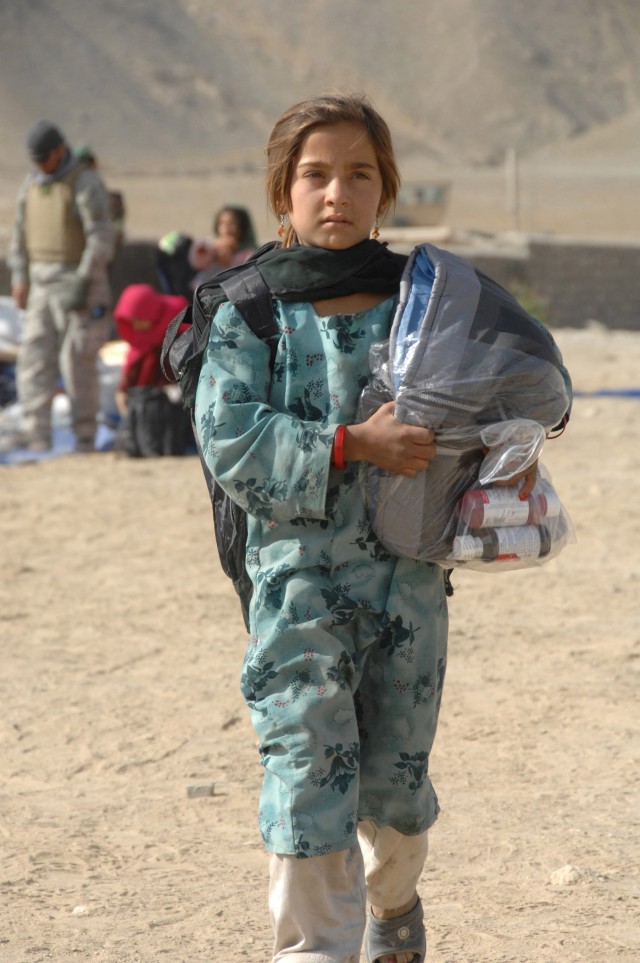

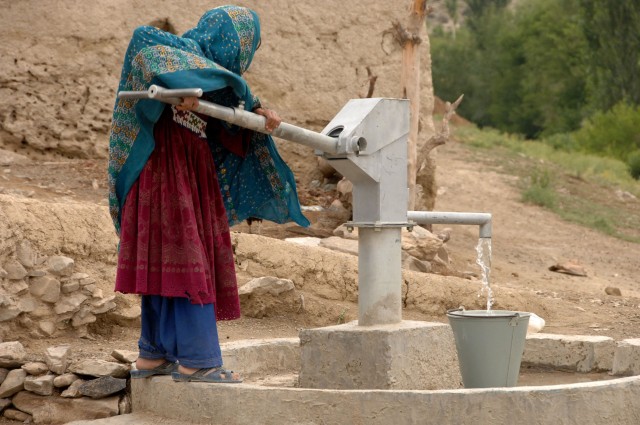
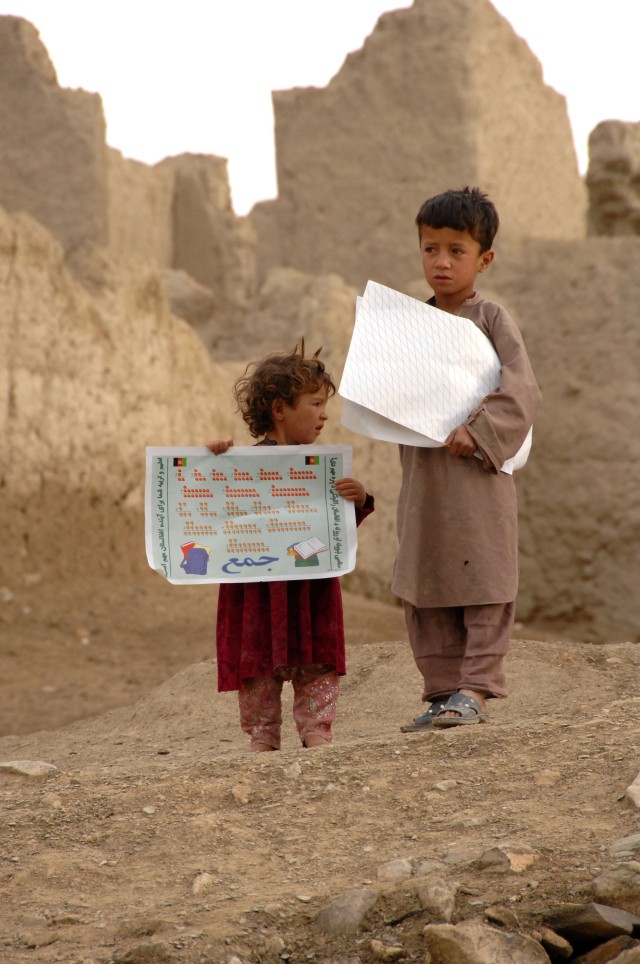


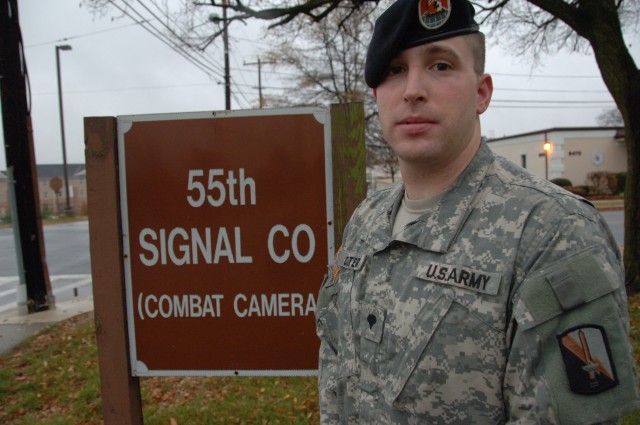


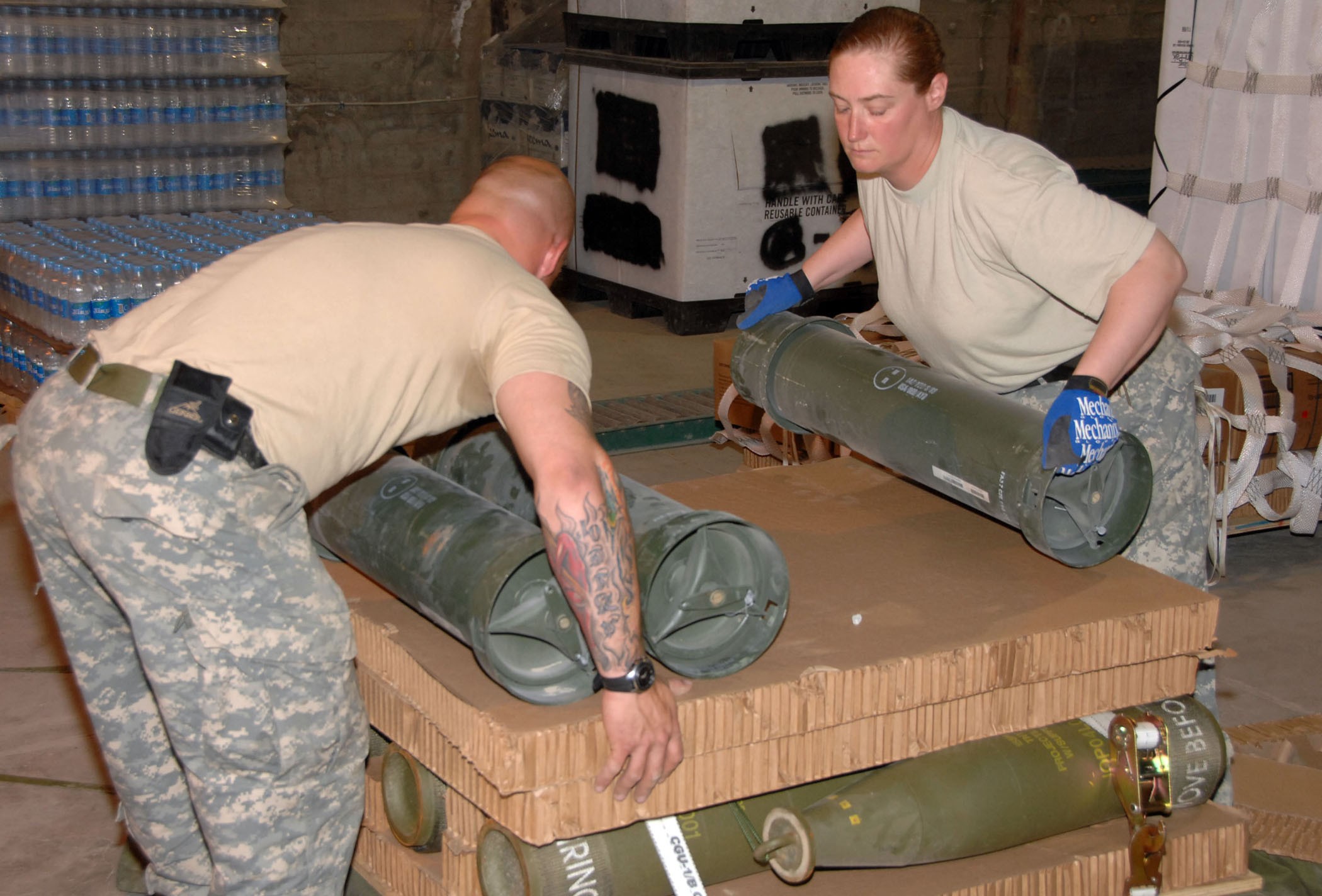



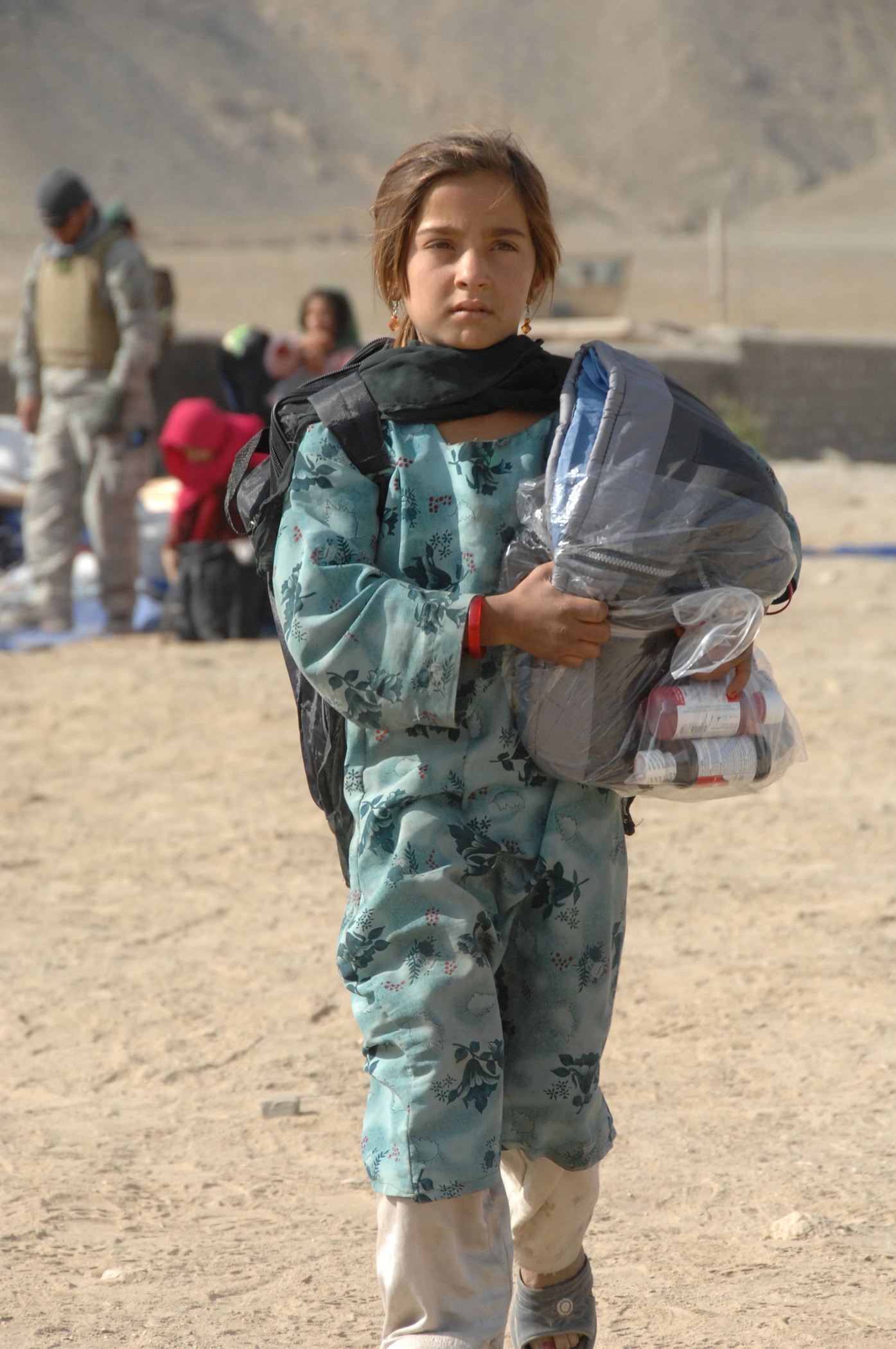





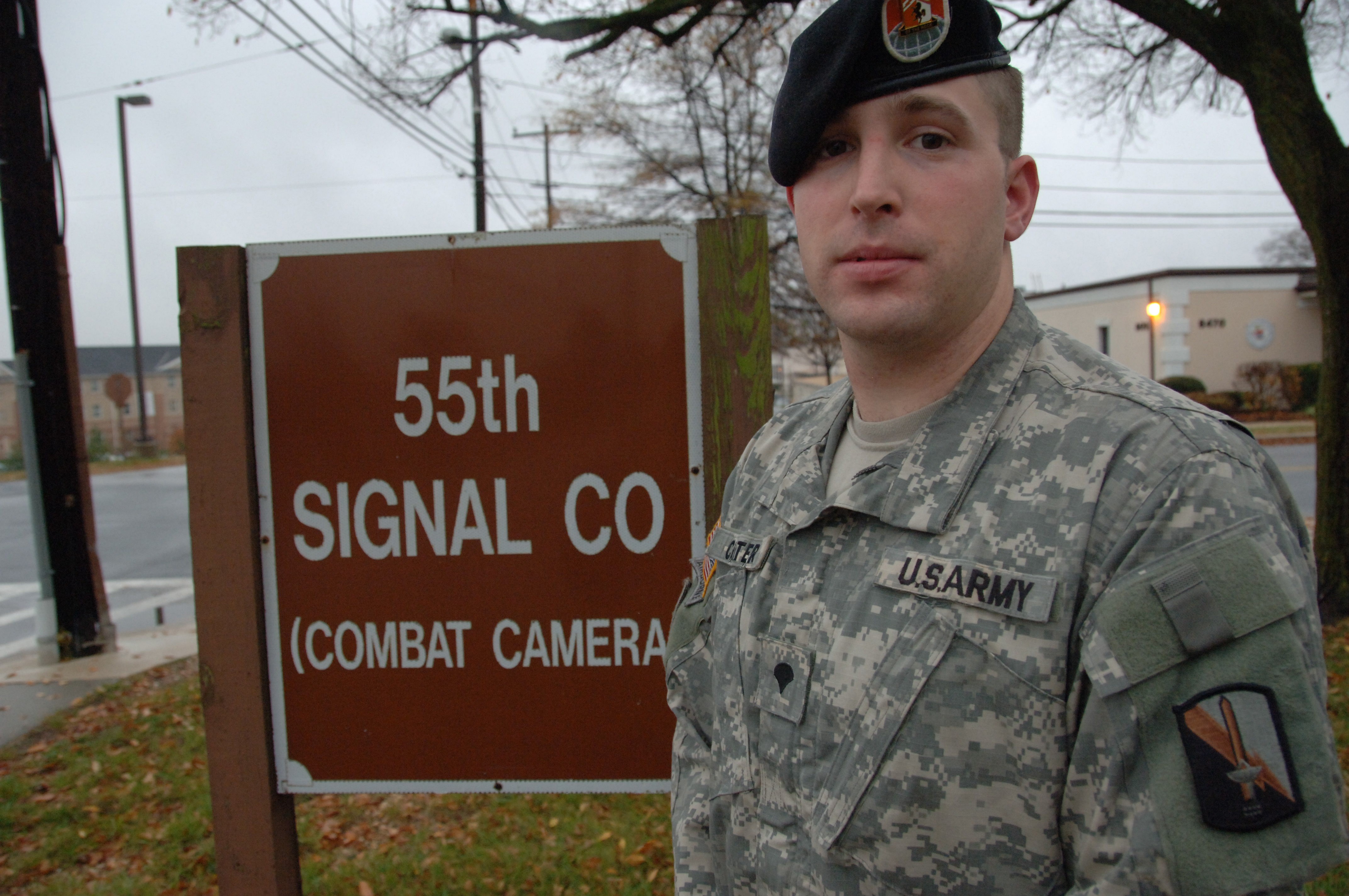
Social Sharing